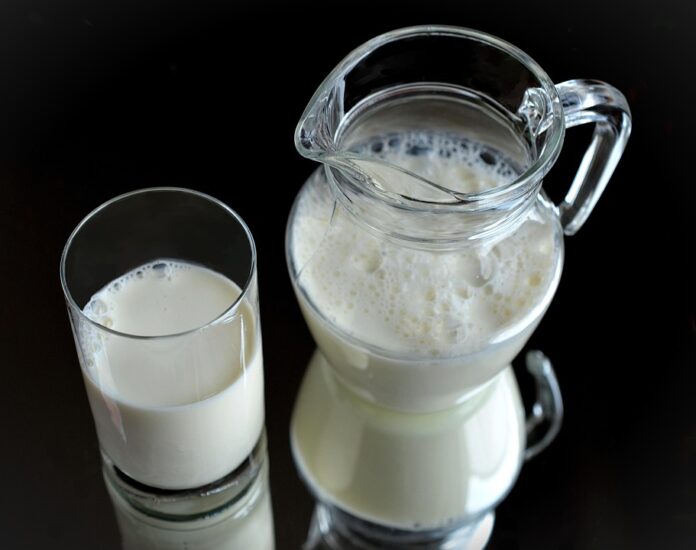Introduction
Glass milk bottles have made a comeback in recent years, especially in premium and refillable packaging options. This resurgence is driven by consumer demand for sustainable and eco-friendly packaging solutions. In this report, we will explore the reasons behind the reemergence of glass milk bottles, the financial implications for companies adopting this packaging, and the industry insights driving this trend.
The Rise of Glass Milk Bottles
Consumer Demand for Sustainable Packaging
One of the main drivers behind the resurgence of glass milk bottles is the increasing consumer demand for sustainable packaging options. As awareness of environmental issues grows, consumers are becoming more conscious of the impact of their purchasing decisions on the planet. Glass milk bottles are seen as a more eco-friendly alternative to plastic containers, as glass is 100% recyclable and can be reused multiple times.
Perceived Premium Quality
Glass milk bottles are also associated with a higher quality product. The transparent nature of glass allows consumers to see the milk inside, giving them a sense of freshness and purity. This perception of premium quality can command a higher price point, making glass milk bottles an attractive option for dairy producers looking to differentiate themselves in the market.
Financial Implications
Cost of Production
While glass milk bottles may be more expensive to produce initially compared to plastic containers, the long-term benefits of refillable packaging can outweigh the upfront costs. Companies investing in glass milk bottles can save on packaging costs in the long run by reusing the bottles multiple times, reducing the need for constant production of new containers.
Revenue Generation
The perceived premium quality of glass milk bottles can also lead to increased revenue for dairy producers. Consumers are often willing to pay a premium for products packaged in glass, which can result in higher profit margins for companies. Additionally, offering refillable options can attract environmentally conscious consumers who are willing to pay extra for sustainable packaging solutions.
Industry Insights
Market Trends
The resurgence of glass milk bottles is part of a larger trend towards sustainable packaging in the food and beverage industry. More and more companies are looking for ways to reduce their environmental footprint and appeal to eco-conscious consumers. Glass milk bottles offer a viable solution that meets both sustainability goals and consumer preferences.
Competitive Landscape
Several companies have already embraced glass milk bottles as part of their packaging strategy. For example, dairy producers like Organic Valley and Straus Family Creamery have introduced glass milk bottles as a premium and sustainable packaging option. These companies are leading the way in the industry and setting a precedent for others to follow suit.
Conclusion
In conclusion, the reemergence of glass milk bottles in premium and refillable packaging is a positive trend for the food and beverage industry. Consumers are increasingly looking for sustainable packaging options, and glass milk bottles offer a viable solution that meets both environmental and consumer needs. Companies that invest in glass milk bottles can benefit from the perceived premium quality, cost savings, and revenue generation opportunities that come with this packaging option. As more companies embrace glass milk bottles, we can expect to see a shift towards sustainable packaging practices throughout the industry.




